Frequently Asked Questions
About Us
We are a group of safety researchers and professionals focused on addressing the rising number of pedestrian and bicyclist fatalities.
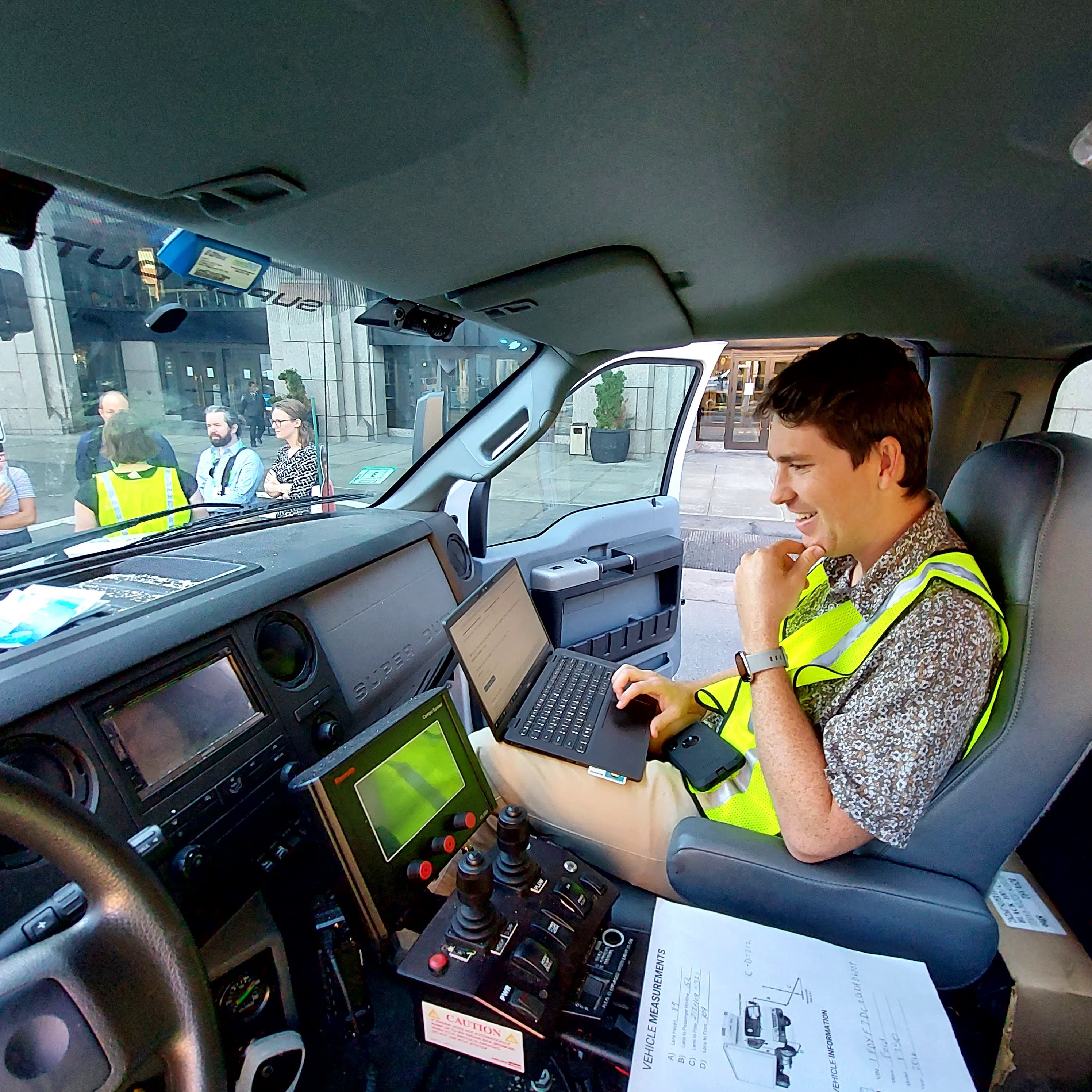
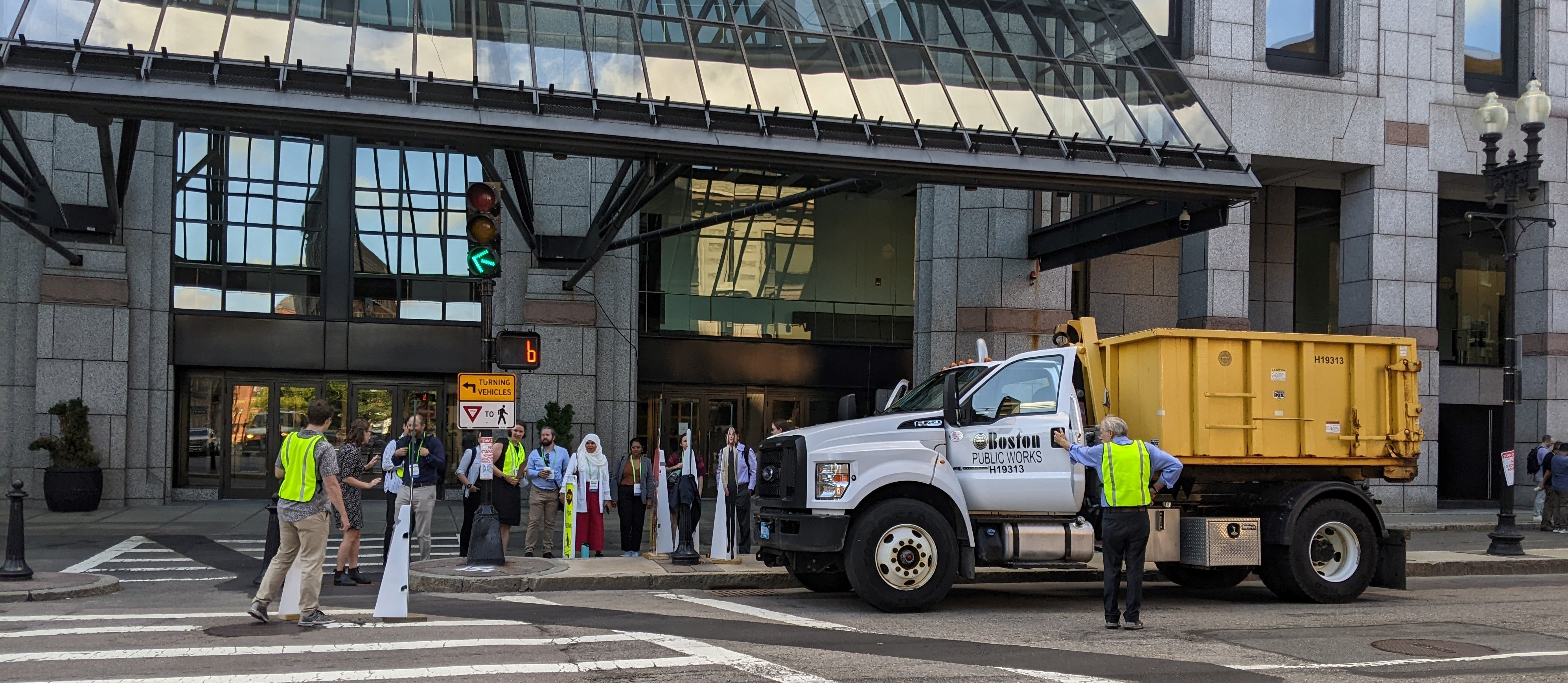
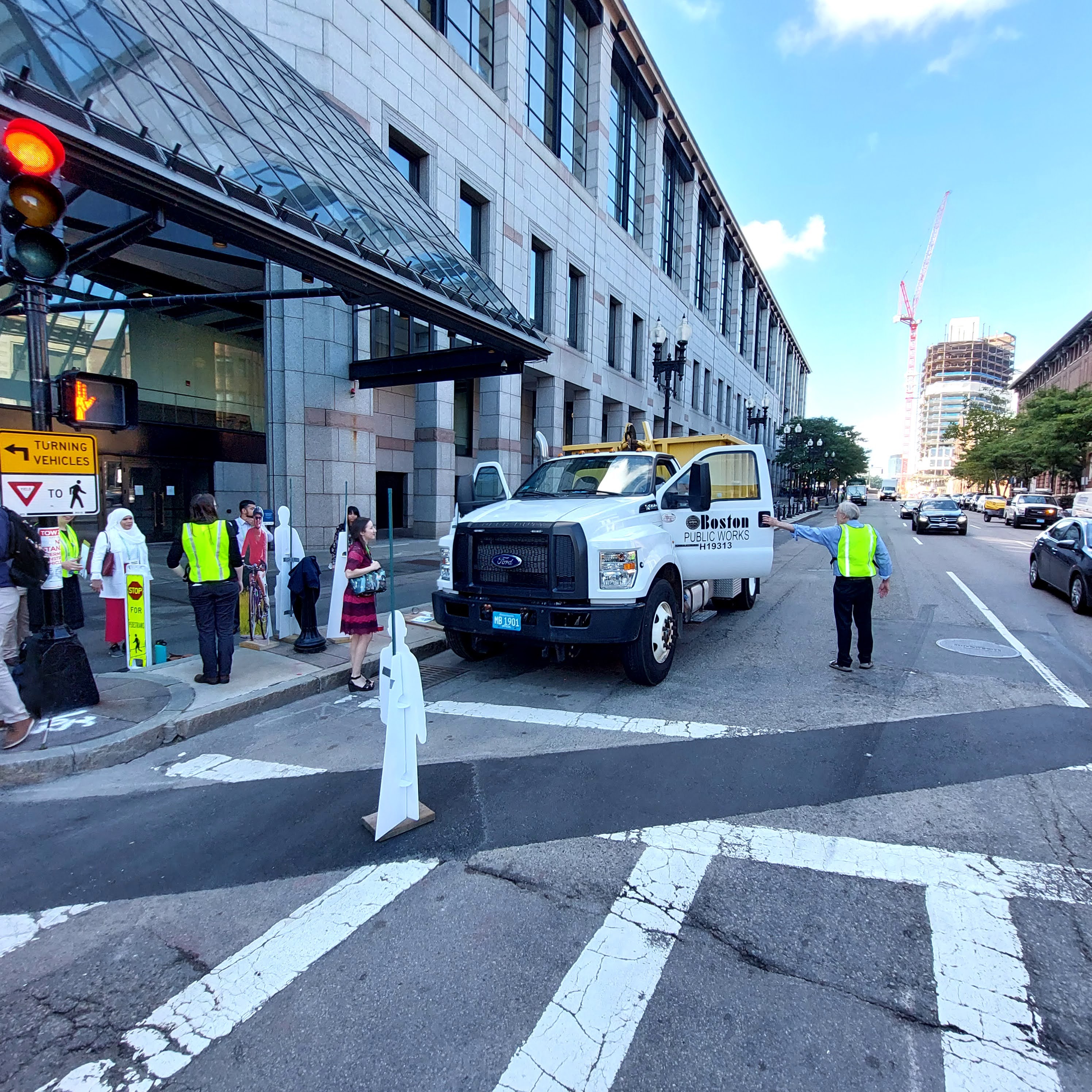
In partnership with Federal and non-Federal stakeholders, we aim to quantify and understand the safety impacts of large blind zones due to vehicle design and to inform Safe System Approach solutions to save lives.
Direct Vision and Blindzones
Direct vision is anything that can be seen by a driver directly - without the help of any device such as a mirror or a camera.
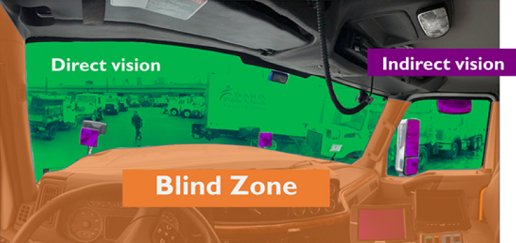
A vehicle’s blind zone is the area around the vehicle that cannot be seen directly by the current driver. A blind zone can hold many vulnerable road users, increasing the crash risk. Larger and heavier vehicles like trucks tend to have larger blind zones than smaller vehicles, like passenger cars.
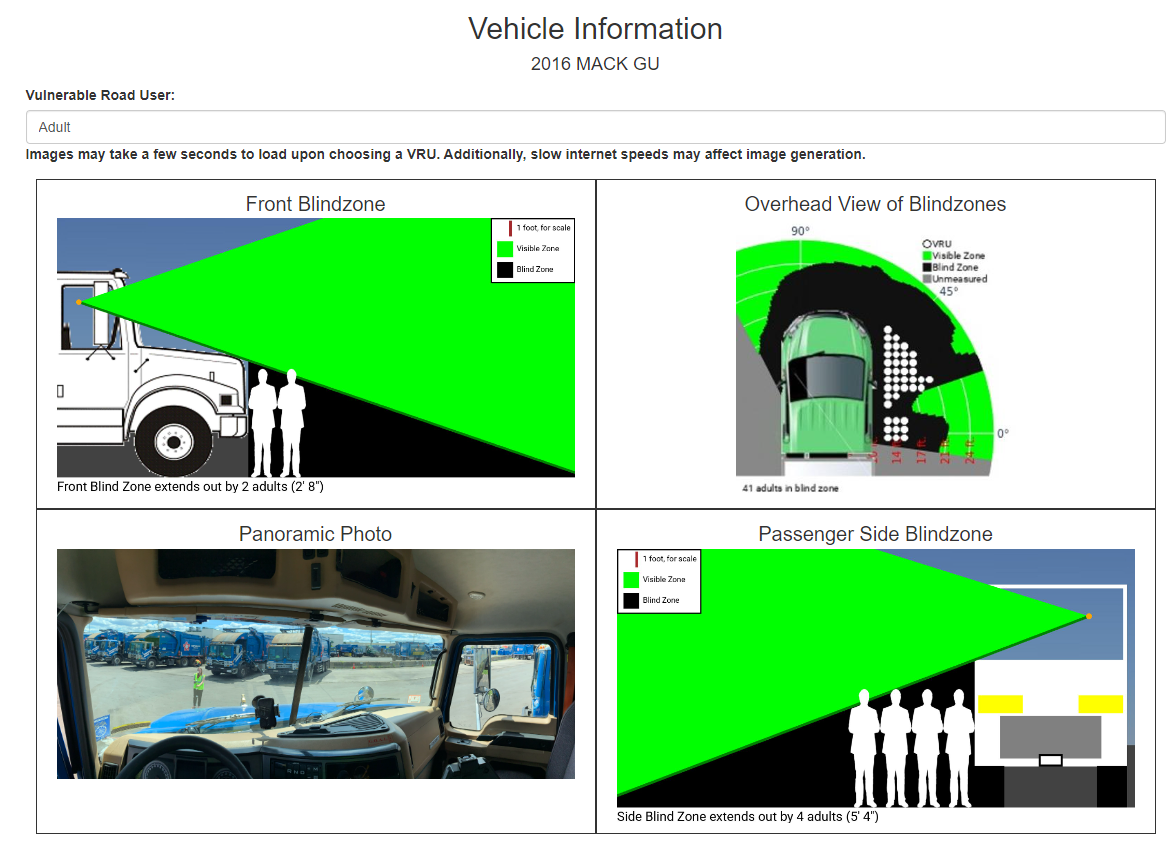
This Website
Measurements
A vulnerable road user is considered invisible if a driver cannot see their head and shoulders. The shoulder heights of 5th percentile United States female vulnerable road users are used in this calculation.
By type of VRU currently assessed in the VIEW app, the height measurements to the shoulder are: